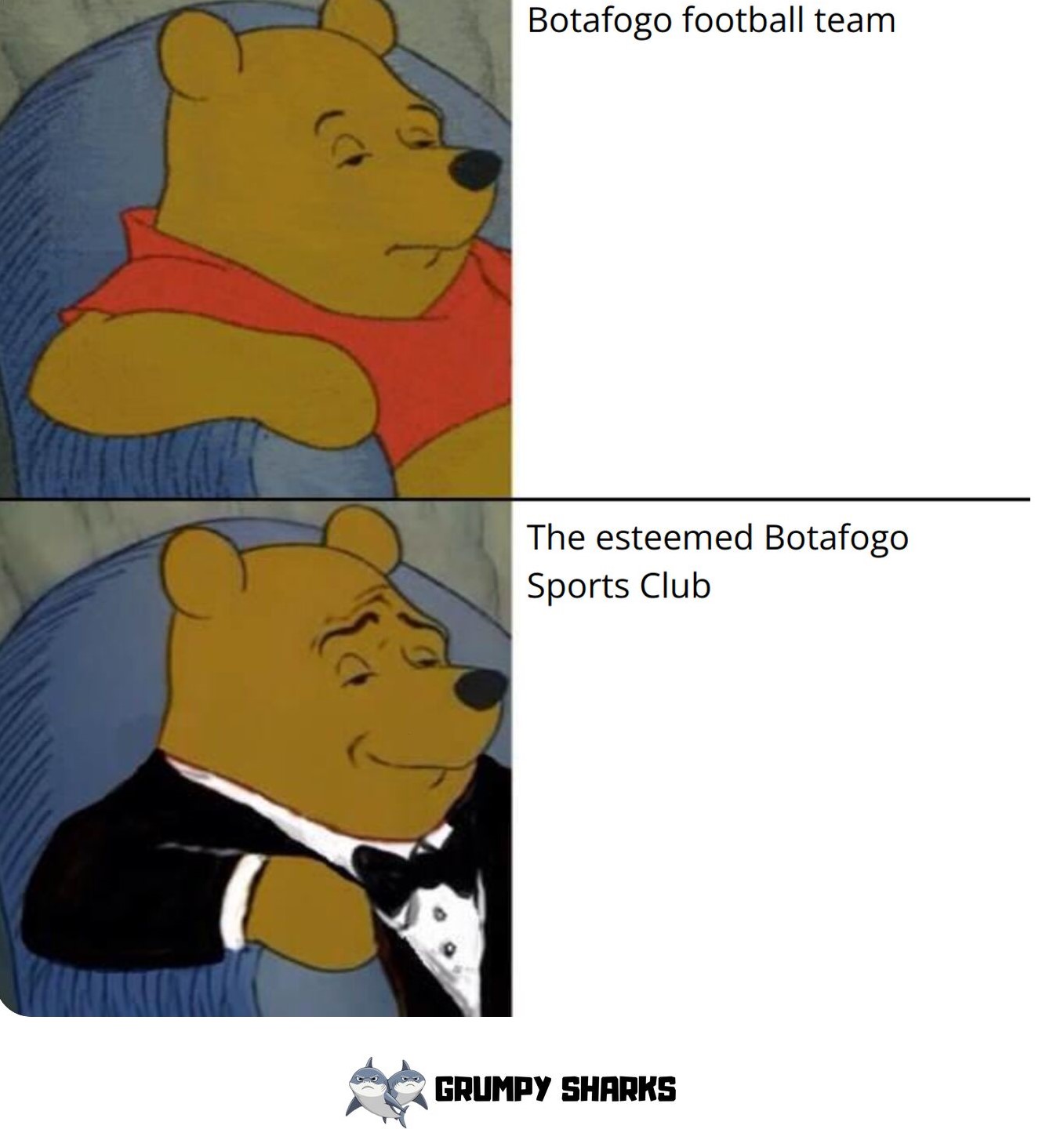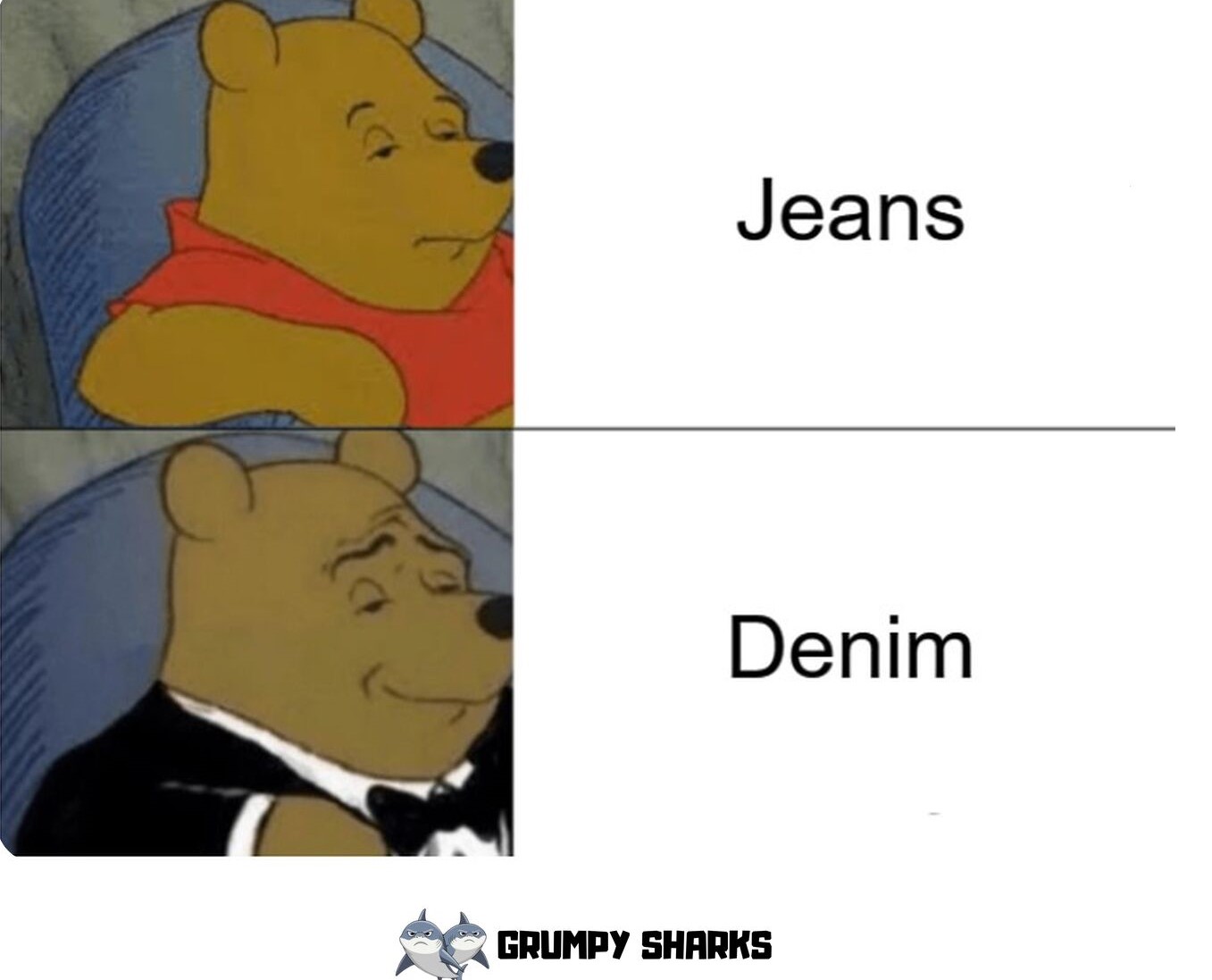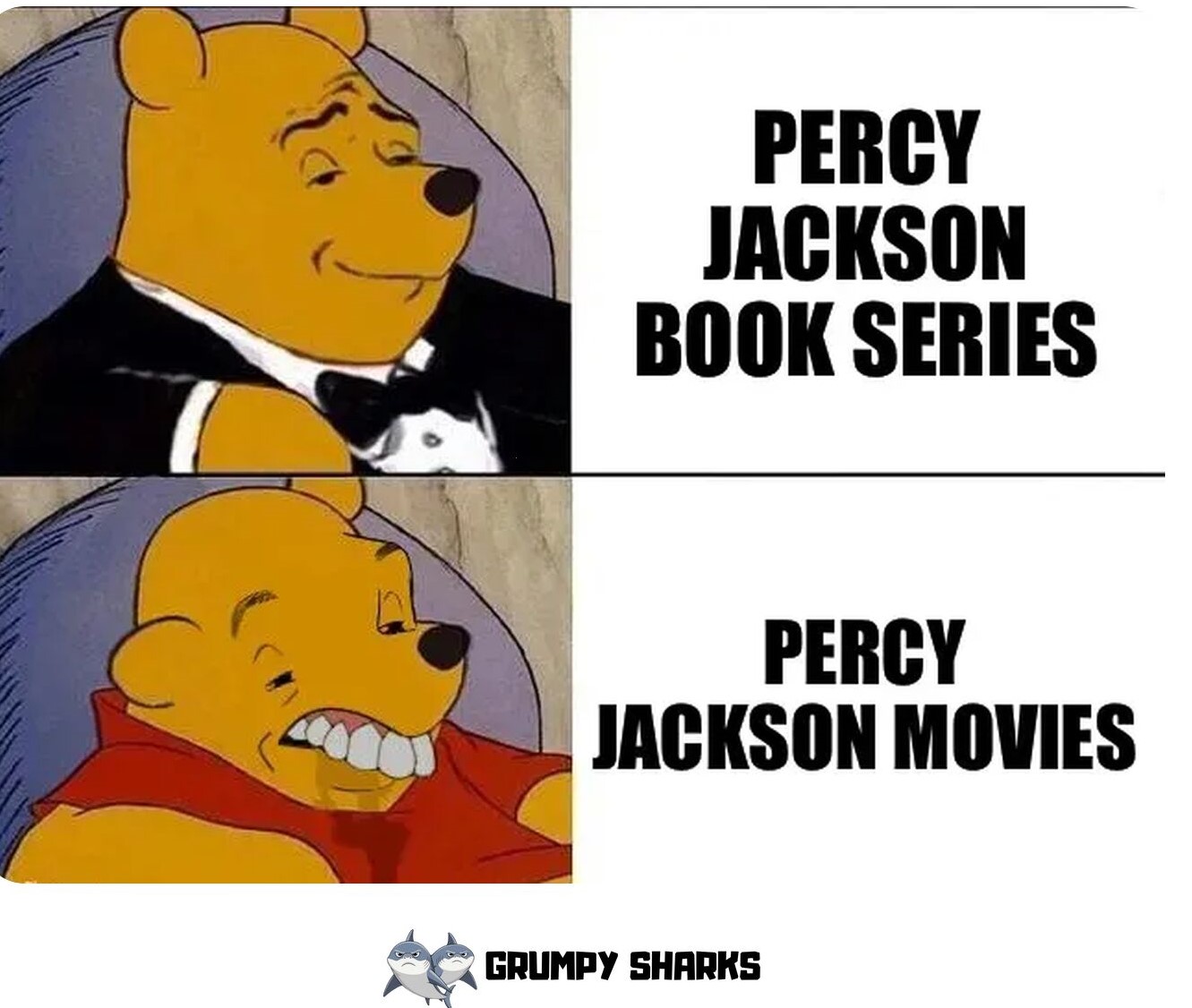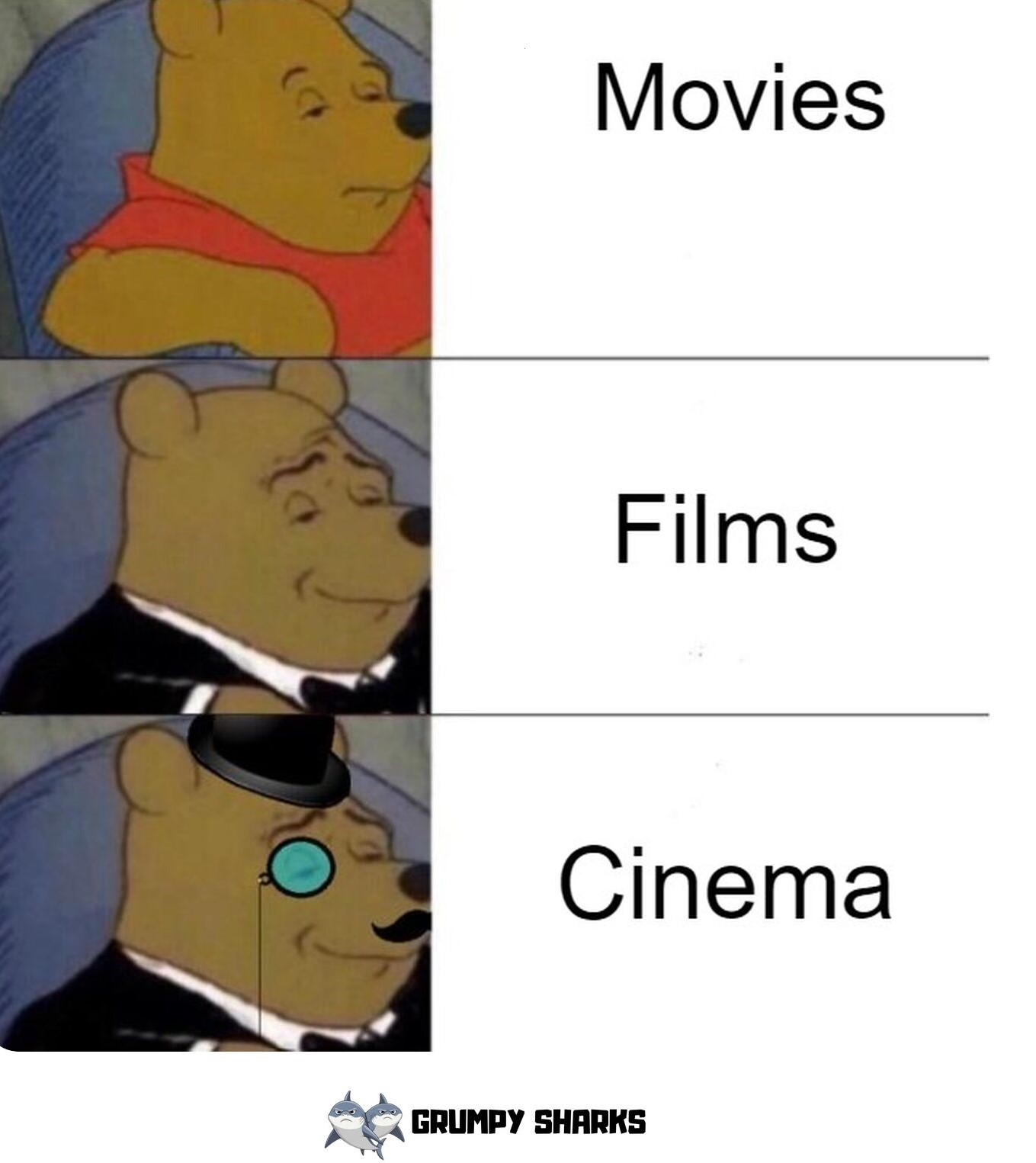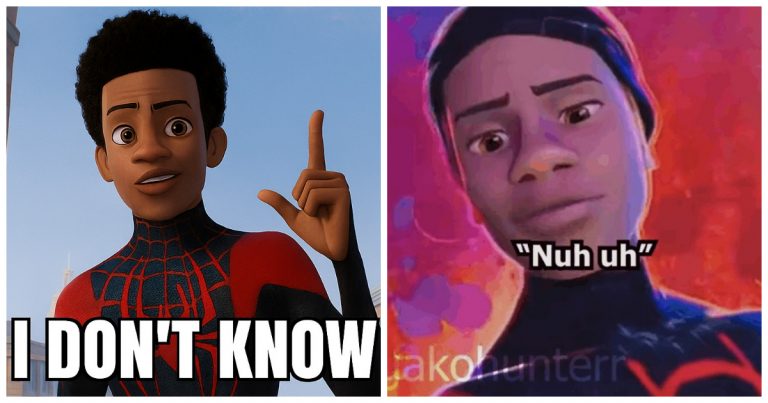Inside the Winnie the Pooh Meme Phenomenon: How Two Poofs of Pooh Showed Us Sophistication And Snark
The Winnie the Pooh meme has taken over the internet as a meme phenomenon” it has introduced a beloved bear as a new cultural shorthand for sarcastic comparisons. The meme features two panels—classic Pooh (from the Disney animated films) as the relaxed, regular bear and the other shows a tuxedo, smug version (frankly splendid) with “the most enormous, intellectual bear we have.” It is a lovable, meme format, perfect for contrasting laid-back habits and characteristics with outlandish, hyper-pretentious, sophisticated characteristics.
These comparisons can be made to poke fun at any number of forms of intellectual elitism or even our common daily habits. The universal appeal of the meme format lies in its ironic and hilarious self-awareness. The question remains: how did a fictional bear, who spends his day imagining and craving honey, become a symbol of some sort of faux-intellectual sophistication? Let us take a closer look at the rise and reach of one of the internet’s most lovable meme formats.
#1 What Is the Winnie the Pooh Meme?
The Winnie the Pooh meme is two frames that contrast simplicity with overcomplication—or basic with bougie. It is strictly based on juxtaposition:
- In panel one, classic Pooh is slouched and relaxed, often with a caption of an everyday or informal phrase.
- In panel two, Pooh is sitting upright in a black tuxedo, giving off a slightly smug expression, with a reworded elevated or formal phrase.
And some examples:
- “Going to bed” → “Retiring to my nightly existential paralysis chamber”
- “Using Google” → “Consulting the Algorithmic Oracle”
This meme example is a form of “comparative memes”—many memes do comparative memes. Comparative memes use two images or visuals side by side to highlight a contrast, for two expressions or experiences—often with a wry tone of sarcasm.
#2 What Is The Origin of the Tuxedo Winnie the Pooh Meme?
The Tuxedo Winnie the Pooh meme originated from a photoshopped image first circulated on 4chan. Users took a still of Pooh—a slumped, apathetic pose from Disney’s 1974 featurette Winnie the Pooh and Tigger Too—and added a tuxedo, transforming him into a symbol of refined judgment.
- A discussion thread on r/KnowYourMeme notes that the tuxedo image was spotted on Reddit around March 2019, marking its transition from niche to mainstream.
- The Know Your Meme entry confirms the format’s roots on 4chan in 2013, with its surge in popularity igniting in March 2019 when Redditors began using captions like “A fellow man of culture” in subreddits like r/me_irl and r/dankmemes.
- According to Know Your Meme, on March 24, 2019, Reddit user avocadoMaster420 posted the meme with “A fellow man of culture” to r/me_irl, receiving over 14,900 upvotes in three days.
The next day, NeonVanillaIcecream posted it on r/dankmemes, scoring an impressive 58,300 upvotes in two days.
This wave of high-engagement posts solidified the meme’s format—two-panel side-by-side comparisons using Pooh’s tuxedoed image—as a staple for ironic, elevated humor.
#3 Why This Meme Format Works So Well?
The durability of the Winnie the Pooh meme stems from its flexibility and familiarity. The visual set up is so simple, and a punch line can happen so quickly. Furthermore, it has wide appeal because it can be used for:
- Mocking pretentious behavior
- Satirizing linguistic inflation
- Juxtaposing casual vs formal attitudes
- Playful self-mockery
The meme is especially popular with students, writers, and internet nerds who love to poke fun at language, over-analysis, or ironically self-important behavior. Whether you’re roasting your own taste in music, or find humor in a service job that yields a job title no one can understand, the meme works.
#4 How Has the Pooh Meme Evolved and Spread?
The meme hasn’t just remained the same. It has separated into several forms:
- A three-tier version, that can often end with “Ascended Pooh,” usually seen with laser eyes or in a cosmic background, the height of absurdity.
- Animated TikTok and Instagram reels using music as the meme transitions from a casual version of the scene to a more sophisticated version.
- Memes adapted for reflect niche audiences: gamers, programmers, literature fans, academics, even coffee drinkers.
For example:
- “Soup” → “A thermal suspension of seasoned nutrients”
- “Trash” → “Refuse receptacle”
- “Netflix” → “Cinematic curation platform”
It has even crept into merchandise, from mugs, t-shirts, and posters, as evidence of its mainstream acceptance.
#5 FAQs About the Meme
1. Is the tuxedo image from a real cartoon?
No. It’s made up. The tuxedo Pooh was created by digitally altering classic Winnie the Pooh artwork.
2. Why does the meme feel “intellectual”?
Because it’s imitating the style and terminology used for intellectual or pretentious language—but in an obviously exaggerated humorous way; it’s faux-intellectual.
3. Can I make my own version?
Absolutely! Just find the two images (the original Pooh and the tuxedo Pooh) on any meme template site and use a simple online meme generator or a design app like Canva, Mematic, or Kapwing.
4. What is “Ascended Pooh”?
It’s an evolution of the meme that adds a surreal element to the third panel with exaggerated imagery—often laser eyes or cosmic imagery—to represent an unsupportable level of “enlightenment”, or an over-the-top form of tuxedo Pooh.
#6 Conclusion
It is a social photograph of how we engage with formality, irony, and self-expression (online) and involves more than just a joke about word choice. By rewriting a nostalgic character with exaggerated language and visual contrast, we have elevated mundane choices into humor and commentary.
Whether it is a critique of academic gatekeeping, fancier versions of cereal, or as a playful job title roast among friends, it allows everyone to question the divide between simplicity and complexity for amusement. It also demonstrates that even a honey-loving cartoon bear, can become a vehicle for contemporary internet humor.

